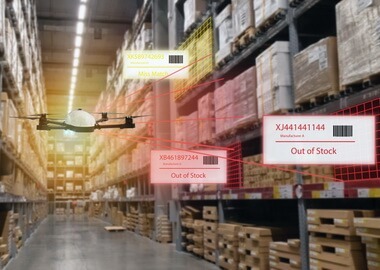The Role of Internet of Things (IoT) in Facility Management
Running a facility is a task that encompasses a wide range of day-to-day responsibilities, be it hospitality, healthcare, or a different industry. Keeping track of documentation, ensuring a high level of customer satisfaction and safety, all while generating profit, is challenging.
To stay competitive, facility managers embrace technology as a way to delegate tasks, increase the productivity of the workforce, and improve customer satisfaction. The Internet of Things, among other technologies, helps build an all-in-one environment for tracking all aspects of facility management — finance, paperwork, customer service, etc.
In this post, you’ll find out how using IoT in facility management increases its efficiency and performance, the challenges of incorporating Internet of Things facility management technologies, and go through the most widely-used applications in this sector.
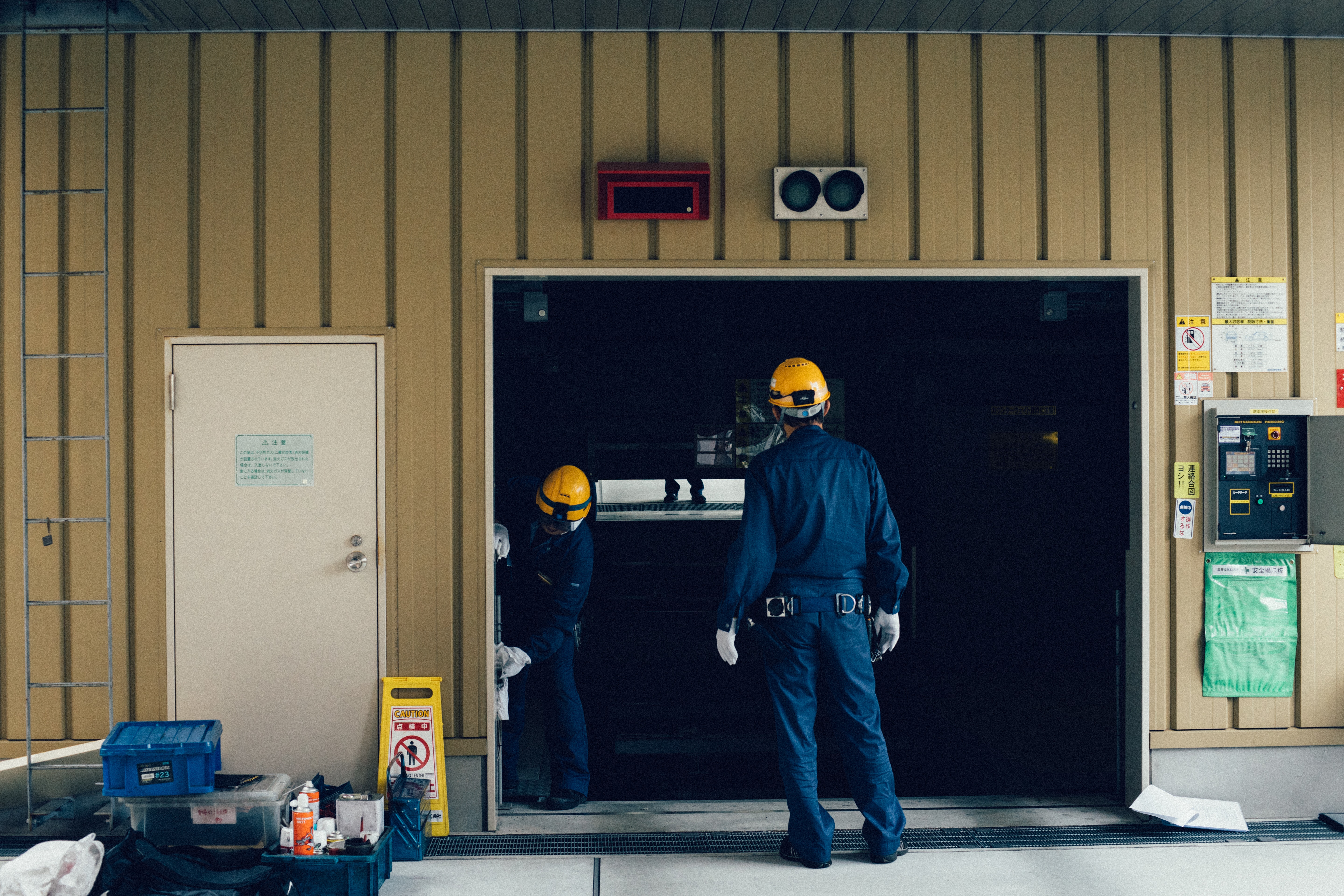
To understand a facilities management definition we consider a range of tasks geared towards ensuring the efficiency, safety, and customer attractiveness of any environment.
A manager’s main tasks are to ensure high productivity of anyone working at the facility, keep regulatory compliance, reduce the operating cost, and use incoming investments efficiently.
Facilities managers have a broad range of responsibilities that may vary for different domains. As a rule of thumb, FM implies:
- Maintenance. Monitor and plan energy usage, plan the capacity of the facility, and forecast possible fluctuations. A facility manager needs to ensure that the working team has all the resources needed to work efficiently.
- Communication. Facility management implies two-way communication: on the one hand, it means addressing the concerns of the team working in the environment. On the other, a manager has to build a connection with end customers to find out if they are satisfied with the services provided by the facility.
- Managing labor resources. Tracking employee productivity, allocating tasks between team members, looking for new talent when needed.
- Project management. Long-term planning, conceptualizing new projects, and gathering a team capable of bringing a manager’s vision to life. An FM specialist should be able to estimate the duration of the entire project and forecast the budget.
- Emergency management. Eliminating safety and other threats as soon as they appear.

How can we help?
Considering the wide range of tasks a facility manager has to complete or oversee on a daily basis, most companies use technology to provide customers or guests with impeccable service.
As innovations and devices emerge, FM software becomes more complex and multi-functional. To stay among the frontrunners in digital transformation, make sure the system you use for facility management falls in line with these trends:
1. Third-party integrations
Companies are seeking the most efficient ways to integrate facility management systems into their infrastructure. They are looking for flexible systems that can be connected to all the tools already used on site. Integrations are highly convenient, cost and resource-efficient since they allow to add new functionality without compromising the integrity of existing infrastructure and data systems. Moreover, integrated applications reduce training time and the learning curve for employees.
2. AI and predictive analytics tools
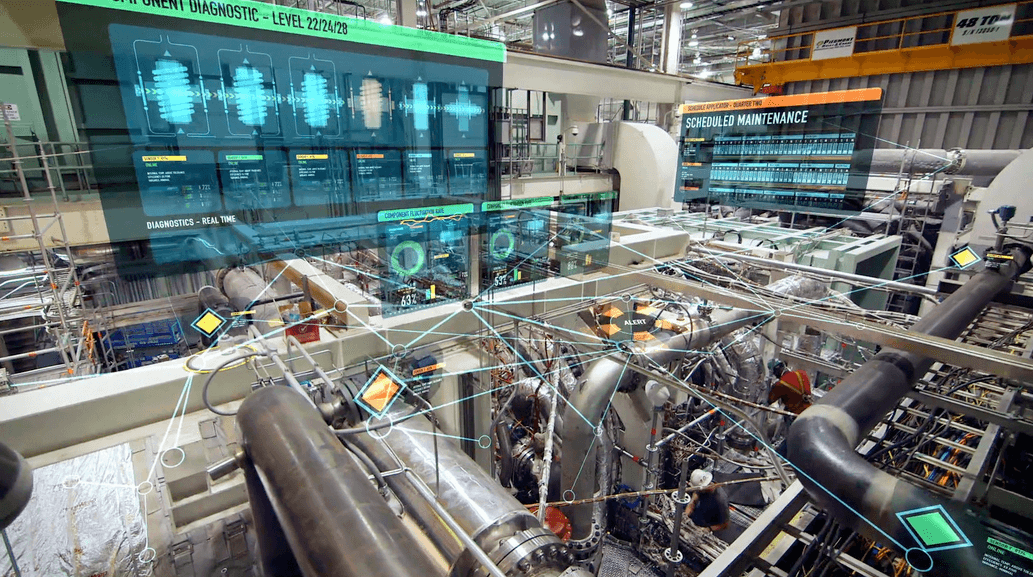
Technology and data help facility managers make important decisions. Thanks to predictive analytics, companies can plan in the long term, replace dysfunctional equipment without creating bottlenecks and downtime at the facility, and eliminate human error from the decision-making process.
By combining Internet of Things for facilities monitoring and AI for IoT data analytics, supply chain managers are able to gather employee performance, resource usage, customer satisfaction, and other important metrics and derive important insights. As a result, the decision-making process is no longer trial-and-error but a calculated process.
3. Cloud computing
It’s estimated that cloud computing reduces the operating costs of facilities by 40% on average. Cloud-based applications offer facility managers more freedom, allowing them to access work-related data, monitor and manage processes outside of the office. Cloud applications introduce scalability and reliability reducing potential costs related to datum loss and system failures since all the data is stored on remote servers that can be accessed from any device.
4. Improved security
Considering the tightening grip on data protection and security, failing to comply with regulations can put companies at the risk of huge fines. To ensure bulletproof protection from data leaks, companies deploy advanced security protocols.
A functional smart facility software should include:
- Authentication layers that help determine the identity of people who log into the system;
- Customizable data access permissions — a manager can grant selective permission to view data entries;
- A system for flagging and detecting security threats — blocking unauthorized users, noticing suspicious behavior patterns, etc.
5. Mobile accessibility
Creating custom mobile apps that help access facility-related data is essential for flexibility and response speed. Being able to track the status of all important operations at the facility anytime increases workplace flexibility and productivity, and aids managers in decision-making.
This way, managers can control the communication process better, multi-task, and manage complex workloads efficiently.
To streamline and handle operations efficiently, facility managers have to be aware of the challenges they are going to face in the working environment. And here are the most pressing issues in FM services.
1. Real-time collaboration
Outdated facility management systems don’t allow multiple team members to update data simultaneously and discuss their decisions as they are being taken. The lack of collaboration at facilities results in miscommunications and increases resource waste.
IoT-based facility management software helps managers get instant notifications about what’s happening in different areas of the facility. Thanks to cloud computing, multiple team members can edit spreadsheets and databases simultaneously, from any device, anywhere in the world.
2. The maintenance of aging hardware
Managers have to keep track of the equipment, notice when it starts wearing out, and replace it with newer machinery. Otherwise, the entire team will have to face unexpected shutdowns, pitfalls in customer satisfaction, and low production efficiency.
Facility managers can use modern technologies: predictive analytics for real-time condition monitoring, IoT facilities maintenance and tracking systems. Digital systems for facility management using IoT can monitor the state of equipment and alert managers in case of warning signs.
Are you looking for a skilled technology partner to help you better understand how to use IoT in facilities management and address your unique business challenges? Let’s talk!
How can we help?
3. Coordinating teams
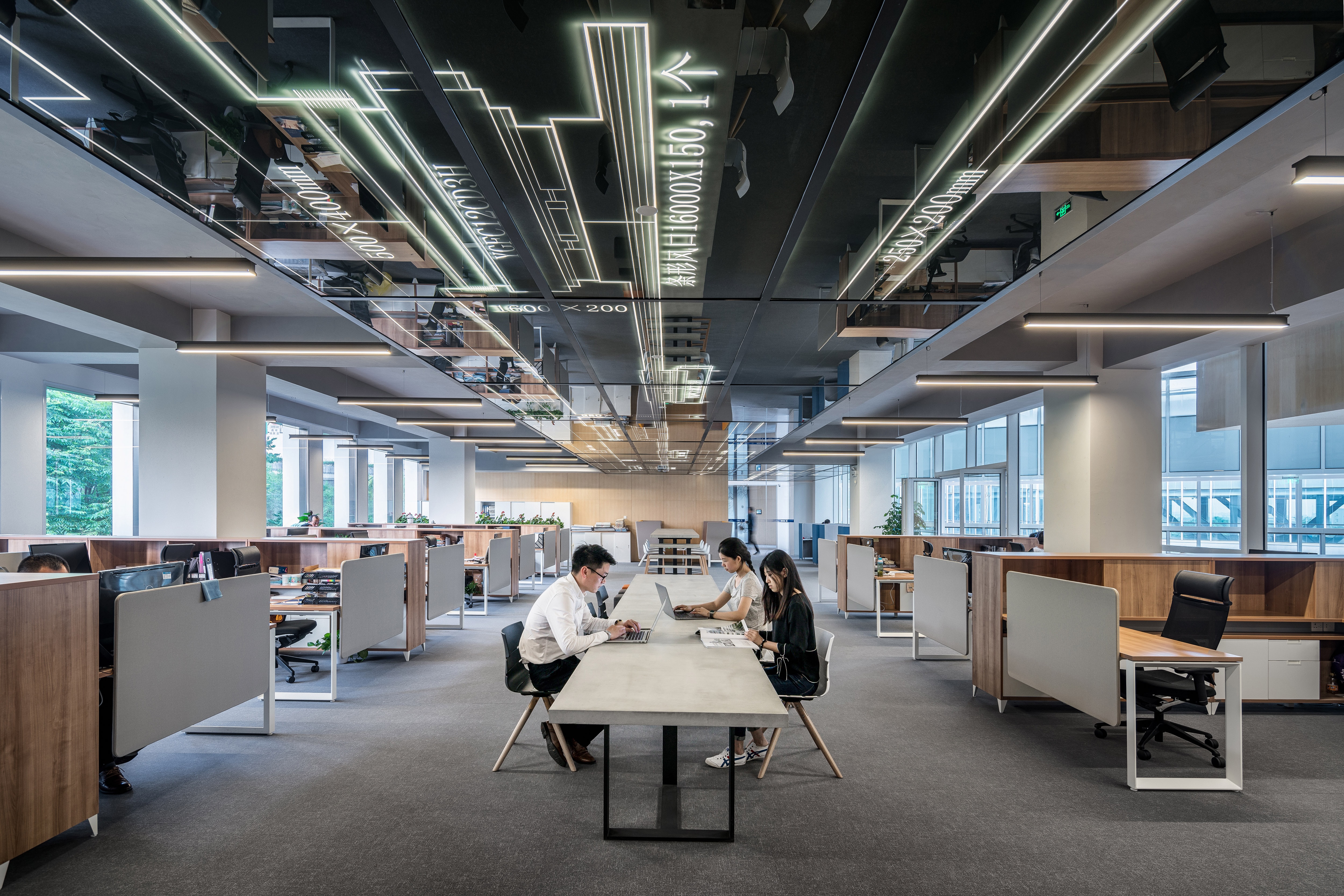
Fostering an efficient communication system takes time and effort. It’s common for teams to use too many different tools for keeping in touch with each other — email, instant messengers, voice calls, etc. — creating a fragmented experience and multiple touchpoints.
Choosing an all-in-one connected facility management system is a better, more consolidated way to build a functional communication framework. Using tools like report generators makes it easier for team members to report the results of their work. Adopting digital calendars is a way to keep track of calls and meetings, thus improving the discipline and awareness of the team.
4. Data storage
Facility managers have to keep track of huge amounts of data — processing large information volumes properly is a challenge for many professionals in the industry. The main issues regarding data storage and gathering include:
- Retrieving data efficiently. Only around 10% of facility managers have instant or quick access to vital information on resource consumption or labor management.
- Recording data change. Having to update databases manually is time-consuming and frustrating. The best way to record data productively is by using technology that logs all changes automatically.
- Coordinating vendors. Having to deal with long feedback circles, delays, and miscommunication.
- Meeting legislative regulations for data storage compliance.
5. Protection from security attacks
Facility managers have to create a framework that protects the system from outside threats — this includes a multi-factor authentication system, full control over data access permissions, and flagging suspicious actions.
Other than login-password two-factor authentication, modern-day systems add a captcha test, biometric authentication, public-and-private key pairs, and other advanced security tools to ensure the system is not accessible for intruders and data leaks are unlikely.
IoT applications help managers unite all the sectors of the facility, track, and monitor multiple operations simultaneously, and drive new insights thanks to the data provided by sensors. The Internet of Things offers a wide range of automation opportunities, improving the productivity of the entire team.
Here’s how IoT and facility management can boost efficiency and reduce operating costs:
Sensor-based automation
By capturing environmental, occupation, and other data, facility managers get insights into space usage. IoT sensors also empower analytics tools by gathering and providing real-time data. Using predictive analytics, IoT-based facilities management systems can alert managers about potentially dangerous situations. Moreover, a connected system can respond to an alert automatically, neutralizing a safety threat with no human supervision.
Reduced operating costs
Hospitality, healthcare, and office space facilities use IoT facility management systems to gather data on resource usage, find patterns and dynamically respond to changing demand. Connected tools help determine when the demand for resources is lower than usual and reduce energy and heat consumption. As a result, using IoT energy management systems helps decrease operating costs and drive sustainability.
Efficient employee performance
The Internet of Things helps remove daily frustrations from the workplace by seamlessly guiding the team through the day. Facility management sensors help keep track of all core metrics in the facility (temperature, humidity, occupancy, etc.) and maintain optimal levels automatically. Thanks to connected systems, tracking facility areas takes less time and effort and provides teams with more time to focus on critical operations.
Transparency
Connected systems allow facility managers to provide clients with real-time updates. You will get more insight into employee performance as well, understanding how many tasks every team member performs during a workday and the type of assignments people thrive in.
Higher risk mitigation efficiency
IoT is a huge leap for facility managers in terms of contingency planning and physical security. Connected cameras, implanted tags, beacons for ID confirmation, and other tools help detect threats and eliminate them quickly to avoid crises at the facility. The technology provides facility managers with an extensive pool of high-value data, helping support the decision-making process. On top of that, companies start implementing automated planning tools that design optimal routes and workflows based on the data, collected via sensors.
Many future-oriented IoT devices for facilities management projects are yet to be developed. However, those that have already been piloted, help facility managers all over the world to have more control over the environment and streamline daily processes.
Here are some examples of high-performing and widely used devices in FM:
1. Sensors
Sensors empower most IoT devices. Thanks to them, managers get access to data — be it temperature, humidity, motion, velocity, or a different variable. The insights are then loaded to the facility management software system and visualized.
The following are the types of IoT sensors that are widely used in facility management:
- Motion/velocity
- Moisture/humidity
- Vibration
- Chemicals and gas sensors
- Location
- Pressure
2. Equipment and embedded beacons
Beacons are small wireless tools that transmit data via Bluetooth. The message will be picked up by a nearby device and used to trigger an action or start a scheduled workflow. A Bluetooth beacon is a common security facility management solution. Here are the applications of the technology in day-to-day management activities:
- Beacons are embedded in clothes to track an employee’s location
- Machinery beacons monitor the state of equipment
- Beacons are used for ID verification to ensure a high level of security at the facility
3. RFID trackers
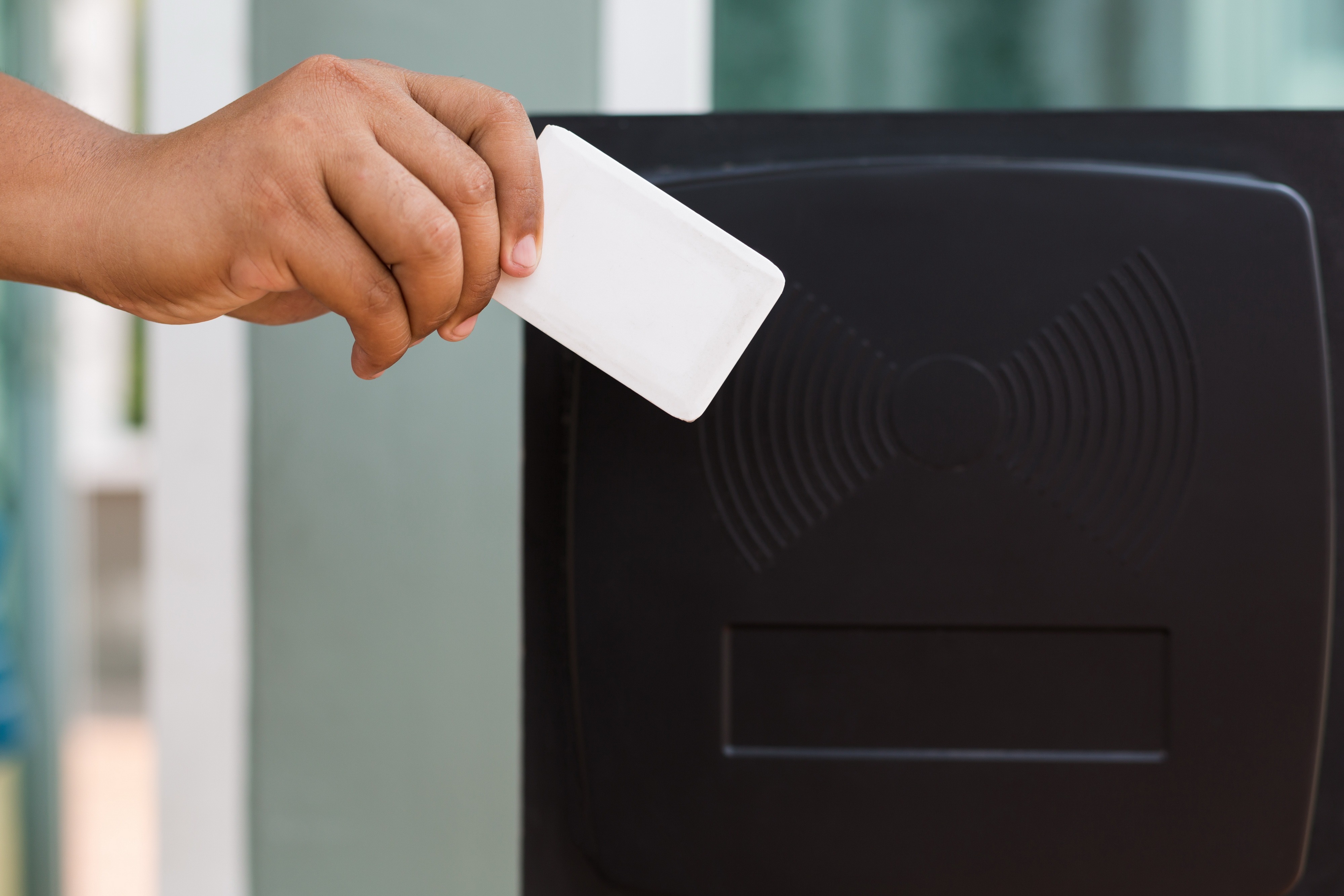
RFID tags help facility managers confirm the identity of employees. Such tools use radio waves to transmit information and help automatically identify a person or an object they are connected to. The range of RFID tags can stretch to 20-50 meters.
There are numerous RFID applications in IoT facility monitoring and management, such as:
- Tracking the number of people who attend the facility
- Access control
- Real-time location tracking
- Asset monitoring
4. Automated Vehicles
Automated vehicles improve the transportation of items across the facility with no human supervision. Small automated guided vehicles are widely used for moving through crowded areas. The technology is intelligent enough to avoid bumping into guests or employees. On top of that, an automated vehicle can run for 13 hours non-stop, moving over 150 lbs.
Using automated guided vehicles helps managers allocate the workforce more efficiently, engaging people in more challenging, intellectually demanding tasks.
5. Data analytics and visualization tools
To manage the data captured by sensors efficiently, facility managers need to use visualization tools. Such systems process information and automatically generate visually rich reports. Through graphs and charts, facility managers will be able to notice patterns in resource usage, employee performance, and occupancy.
We have developed a data analytics and visualization tool for IT infrastructure management with our Finnish client. This is a scalable SaaS solution for hardware and software performance monitoring that can be adopted for different business cases.
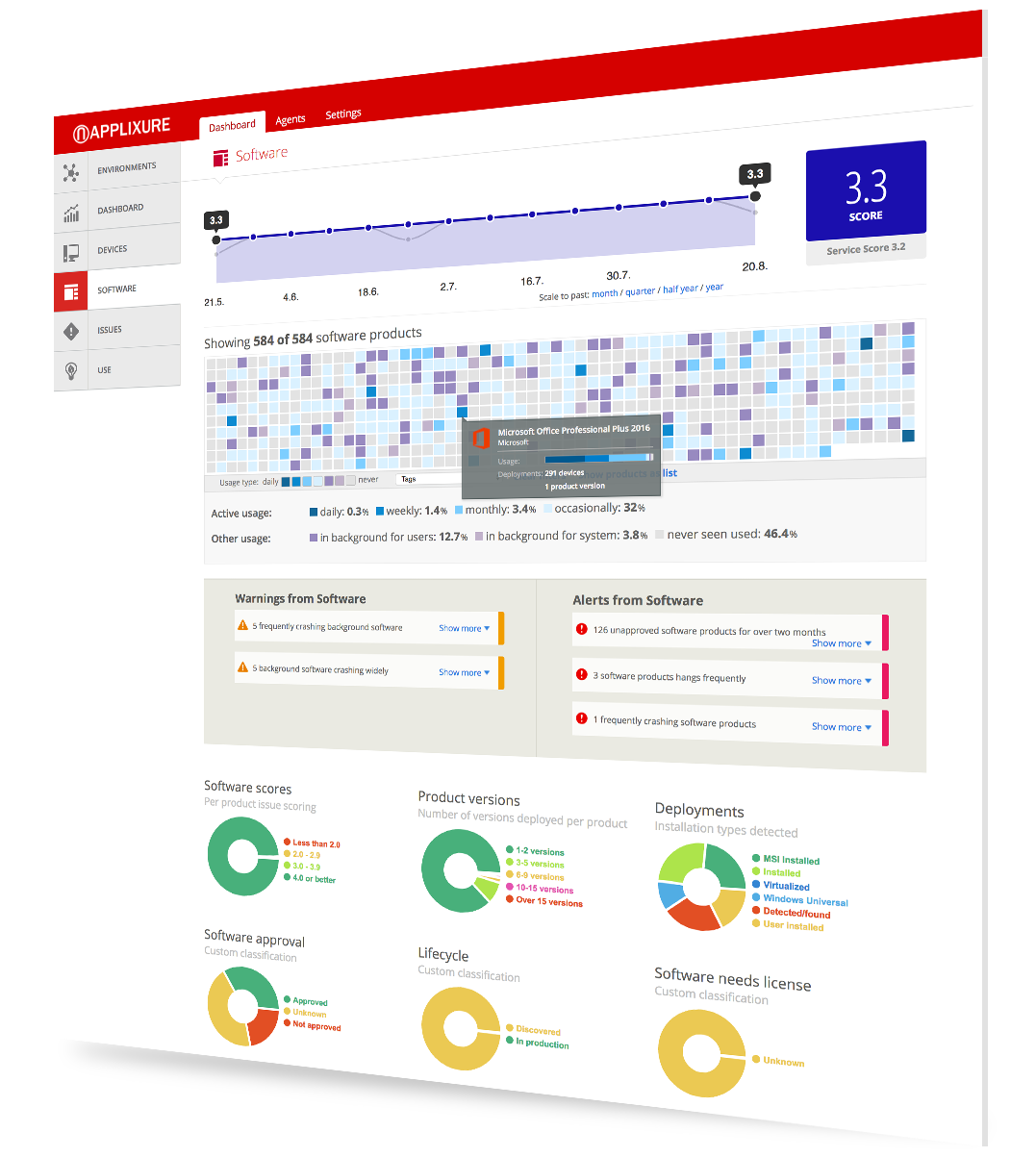
If you are currently exploring digital transformation opportunities and consider building a system for smart facility management with IoT, contact our team for a consultation. We have experience building IoT-powered software and data analytics tools for performance monitoring, infrastructure management, and business process automation.
We design, develop and support cloud-based software solutions for enterprise brands and rapidly-growing startups in healthcare, retail, sports, agriculture, and other domains. One of our long-standing clients, a large photo printing service provider, asked Digiteum to design and develop a custom solution for performance monitoring and control. The system was seamlessly integrated into the client’s production process and since 2016 has ensured steady and faultless operations in times of seasonal peaks.
Contact our team to learn more about this success story and other IoT use cases in facility management that relate to your tech requirements and business objectives.
High-load web application development, big data solutions, and scalable cloud-based systems are our core expertise. Check our IoT software development services to learn more about our tech stack and capabilities.
Conclusion
Implementing the Internet of Things helps facility managers scale their businesses efficiently, ensure the safety and a positive experience for tenants, reduce operating costs, and create an agile working environment.
Building a custom IoT solution is a smart way to outperform the company’s competitors in the field. Reach out to us to create a custom scalable Internet-of-Things architecture for facility management.
Take a look at our portfolio and IoT product development services and send us a message to discuss your plans for IoT implementation in facility management!
Start your project
FAQ
- Transparency and improved visibility
- Reduced operating expenses
- Process automation and decreased labor costs
- Improved security and safety
- Data-driven decision making
- Integration of predictive maintenance practices and forecasting
- IoT sensors, Sensor-based wearables, RFID/RTLS systems, and beacons are used to track physical space, environmental conditions, equipment, and people's activities.
- Cloud-based solutions for data management, analytics, and visualization are used to provide facility managers with real-time data on the state of the facility, resource usage, and performance.
- Advanced analytics and automation tools are used to enable predictive maintenance and automate response to IoT events (changing conditions, peak load, safety alerts, etc.).




